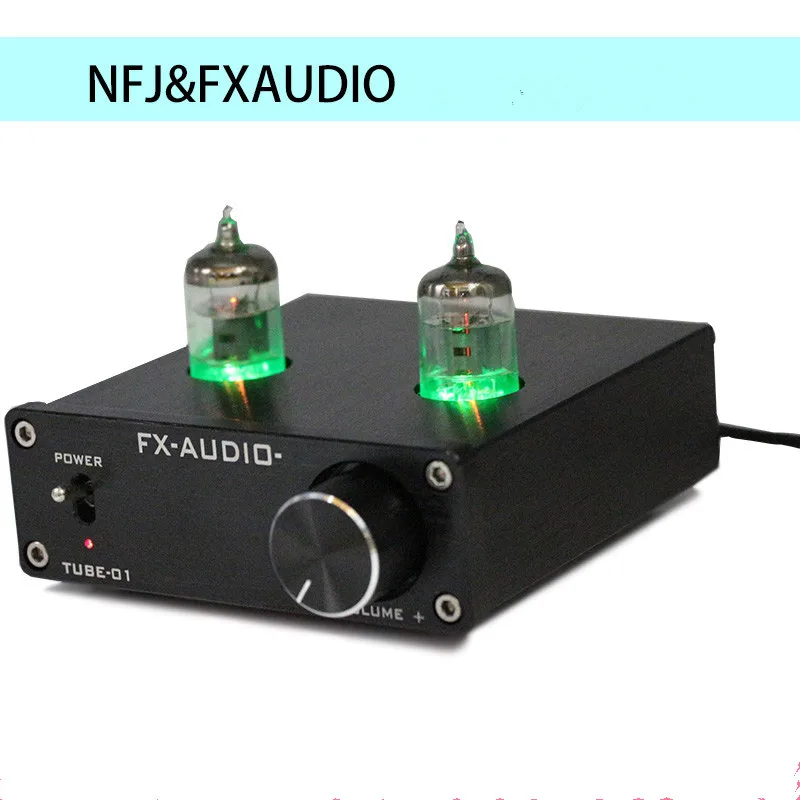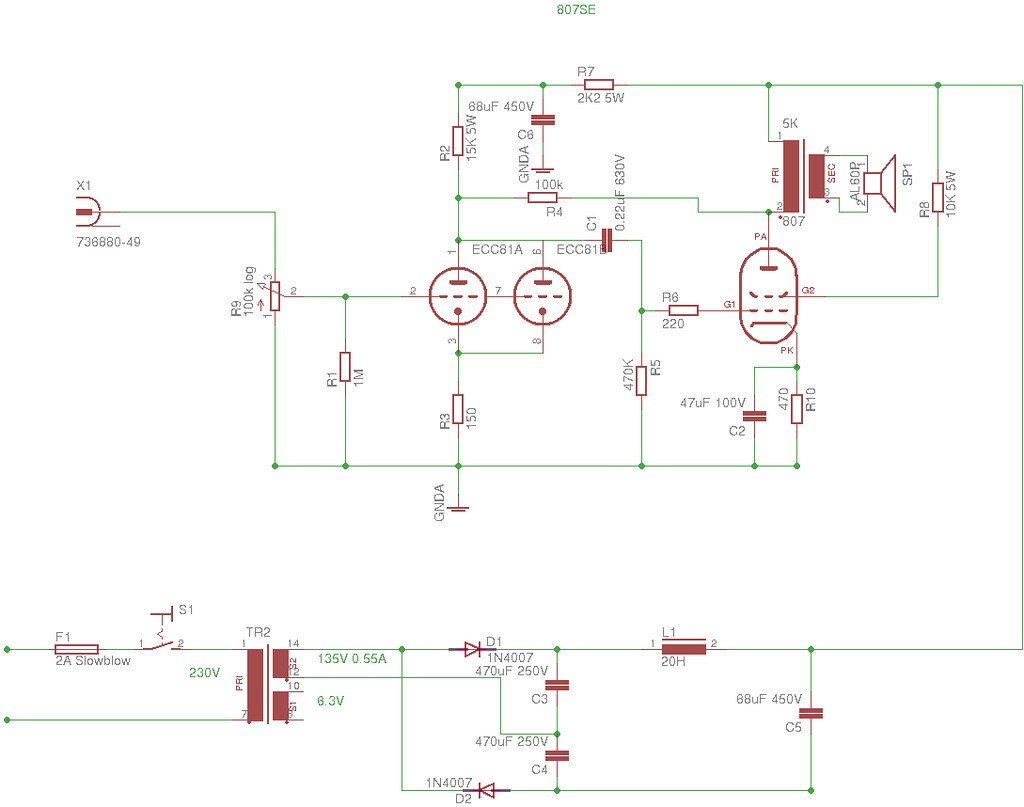Dec 28, 2016 - This circuit is under:, circuits, 807 Tube Triode Connected l38787 This is a very nice amplifier design and it is very difficult to improve it. I am glad about the results because that's a very good way to verify my 6DJ8 and 6L6GC Spice models, like I tell you. Push-Pull The basic principle behind this amp is pretty cool and worth taking a look at. This amp is called a 6V6 Push-Pull amp, the 6V6 being the tube model, but what's this push-pull business? It refers to a special case of differential circuits, where a whole signal is made up of the difference of two voltages, a negative and a positive (technically speaking, only the output stage is push. Update: 2/3/2020 I have changed the Poseidon board to a pair of 6SN7s in a Williamson driver circuit and changed the 807s to KT88s for considerable more outp. I’ve been searching for a PP 807 for some time and was wondering if I would be able to use 807’s in the oddwatt. Do you have any schematic changes or was it just using the 807 without any changes.
A mighty 807parallell CFB push-pull amp



Here we have something encouraging, namely young bright guy that wants a tube amp and takes the challenge with his friends that he'll build one from scratch. His work helps him, since they just have declared that all tubes are redundant and there seems to be quite a stock of 807 and 6SN7 and 6SJ7 and OD3 tubes available for servicing. ( They serviced the amps used for the trainstation broadcast service ). He also had a stock PIO 47µF/630 volt caps.

So he ask me for a schematic with these tubes and he wants power for possible PA application but he lacks cash, so El Cheapo please.
First schematic had 6SL7 input tube and 6SN7 long tail phase splitter and 807PPP connected in triode or penthode mode through LL1620CFB.
It was unstable, normal, he had zero experience and it showed, long cables going back and fort without screens and the whole thing was motorboating and oscillating full power above 100Mhz ( couldn't lock on it with my 100Mhz scope ). Back to scratch new gnd and more screened cables and a week later but problems where still there. The funny thing is with only 2 807 the amp played nice but not very loud. so i advised a LL1664PP for more power and cheaper, but that didn't solve the problem either. Screened cables to the output transformer improved the situation and a 6SN7 driver also helped but still not 100%. He then tried something i completely overlooked ( shame on me ) he used the OD3 tubes and put the G2 of each 807 on a fixed voltage of 300volt and suddenly all was ok. Georgeous sound, loud undistorted and we could run a comparison between LL1664PP and LL1620CFB as each channel had 1 wired to them. The LL1620CFB was clearly the way to go, at the cost of a few watts outputpower loss far better, especially bass was much more controlled. Midrange was also better, wider and deeper soundstaging amazing how much difference this makes.
Audio Power Amplifier Schematic Diagram
The Schematic :

A few pictures of the inside of this amp!
Stereo Tube Amplifier Schematic
A beautifull view in the dark
copyright webdesign 2005 Aquablue Benny Glass